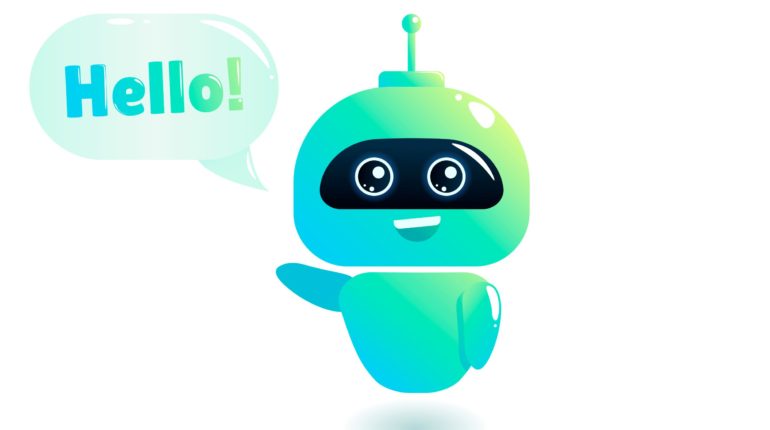Chatbot – The Best Way To Create An Engaging Chatbot
How to Create an Engaging and Useful Chatbot?
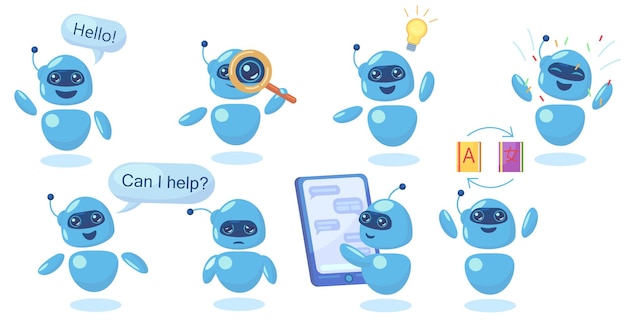
What’s a nice experience in the chatbot? While most people think of wise answers and learning machines, a chatbot UX is basically embedded in the strategy of content. Learn how to create a human-sounding and interactive chatbot.
So, what is a good experience with a chatbot? What is the table stake, and what ruins are the experiences people expect from the chatbot? In this report, we will answer the questions and identify what you can do to make the chat effective as a content manager.
What’s Best in Chatbot?
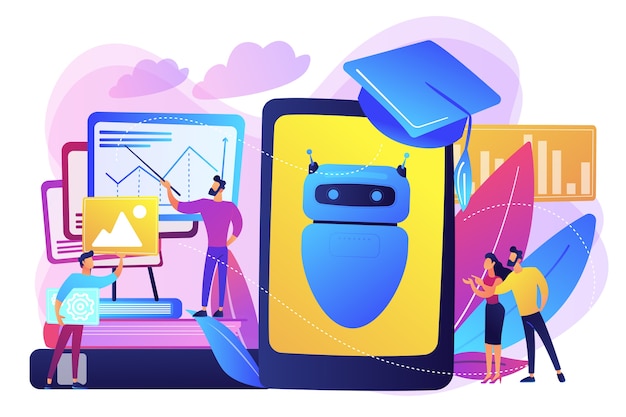
A chatbot is a human dialogue replicator. Most chatbots make communicate by decision trees. Either you remember key terms and answer appropriately, or you encourage the end-user to choose from the conversation management choices.
It’s equally important to describe what a chat is, what it’s not. Explore what a chatbot is, to see what it is not. A CHATBOT is an official discipline. Chatbots mimic people’s interactions, and for this purpose, most chatbots use decision trees. Either you remember key terms and answer appropriately, or you encourage the end-user to choose from the conversation management choices.
Conversational programming applies to all conversational content, be it headers and text on a website, voice interfaces such as Google Home and Alexa, or chatbots. Chatbot material is therefore one form of conversational design, but the two are not the same. A chatbot is no person communicating with a chat interface (sometimes referred to as “live chat”). It’s a computing machine in particular.
Why is Chatbot important?
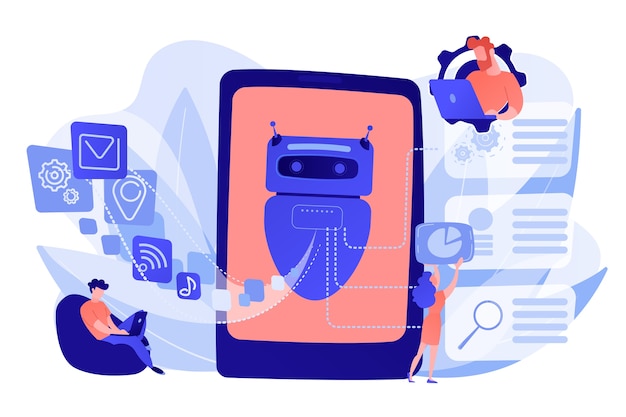
In architecture and engineering departments, you are likely to use short-hand to decide how best to interact with your audience. “Then we [the company] will tell them [the public] to check their secret,” I regularly hear from the designers. In this scenario, the designer can refer to a page text to “say” the audience or a chatbot appears to remind the audience.
At first, it doesn’t matter what interaction the team intends, but inevitably, if the final outcome is a chatbot, the content team is responsible for much more work. In this respect, it is important to explain the conversational design that the team considers.
A Conversational UI is one example of a non-chatbot talks design. Oscar Insurance has a UI that they build with a couple of best practices:
- The headers are full phrases.
- Forms with clear directions have support text (instead of examples).
- The 2nd party shall write the copy, which means the audience “you.”
Voice UI can also “talk” to the crowd, and whether the team takes into account that they build competition for Alexa, Google Home, and Siri or build an app that these systems are willing to download (more likely). Again, from a philosophical standpoint, they can sound the same, but the needs vary greatly. Voice UI does not have a graphic design, nor is it able to invoke or activate the end user. This contrasts strongly with a phone app, which allows updates to start without the end-user opening the app first.
A Chatbot Can Answer (Many) Questions
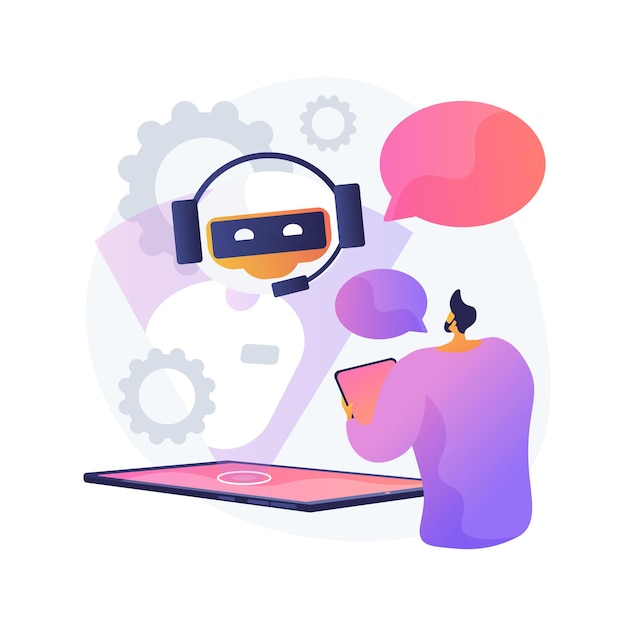
It could sound like chatbots are the ideal solution to these descriptions—they can start alerts, have a visual user interface, and talk! Of course, chatbots’ success is partially due to those advantages. In all cases, “What can our sales team help consumers quickly and effectively learn a product or service without using excessive staff time?” In these situations, a chatbot may help users get responses without calling and waiting.
However, a chatbot might not be sufficient if the issue is “how can our hospital effectively detect health conditions” or “how our bank can help our workers to locate missing paychecks from their employers more easily.” A human doctor is much more precise than a chatbot, which would be taken up by end-users. Similarly, it is not possible that a bank chatbot will bind to the payroll systems of multiple employers necessary to monitor paychecks. While the end-user will assume that they want a chatbot’s response, they may lose confidence easily if they don’t answer their questions.
In brief, since there are several instances of human error, a chatbot is not a good means of addressing nuances or incredibly difficult scenarios. In these cases, there are simply too many variables to be “simple” and “precise.”
Our practical handbook, in which Alla Kholmatova discusses how powerful and maintainable digital architecture systems can be designed. Meet design systems that Alla has mastered over the years with traditional pit, gout, and lessons.
A Chatbot Is Not An Algorithm

Never forget that the content of a chatbot is so sweet. Yeah, an algorithm manages a chatbot, and deep learning will help them. But the chatbot requires rules and material to talk before machine learning can begin. This is the job to describe for the content creator, UX writer, or content strategist. This is also used in AI ethics discussions. Chatbots and voice assistants are also identified as sexists. They are not partial, because they were deliberately selected by the designing and engineering team. It’s skewed because, like the AI ethicist, Josie Young says in the TED talk “reflects the prejudices of the opinions of the teams who made it.”
This means that we must actively be anti-sexist and anti-racist for those of us who make chatbots. We must develop chatbots carefully and not bind machine learning until we have content that we want to learn from AI. As for so many, about half the story is what a chatbot is doing. It may “respond to questions,” but what and how? It could “lead people to their next moves,” but what’s the next move, and how does the chatbot react if anything goes wrong? In other words, how the chatbot does the stuff it does will have a real effect.
Chatbots Engagement Best Practices
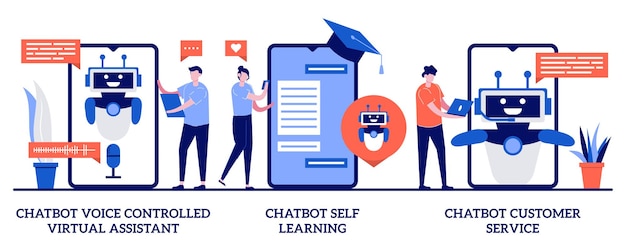
I hope you’ve done much earlier work if your team builds a chatbot.
- You chose a chatbot to be the best way.
- The technical shortcomings, including what device you will be using have been established.
- You are searching for features, such as autocorrecting or a built-in thesaurus with synonyms, in this scheme.
Now, other administrators say “plugin and make it work!” and “plug what in?” As you must know, your chatbot isn’t just another algorithm used for creating some content. It’s time to create your chatbot stuff. Exploring five best practices for humoring the chatbot:
- Represent your actions.
- Divide the styles of answers.
- Using your own inner robotic skills.
- Create a scenario tone.
- Design for errors
-
Representing your actions
As a chatbot isn’t a magic cure for anything, you need to concentrate the work on the user flows that users using your chatbot can achieve. For eg, let’s assume you’re developing a business chatbot, such as FedEx or USPS, that you can list sample user flows such as “track a package” and “update mailing address.” If an end-user asks for the support of a chatbot to trace a package, it will tell “what the tracking number is.” But the chatbot should be mindful of its boundaries.
Maybe one of the objectives is to gain trust. Thus, if an end-user says, “anyone who committed mail fraud on my behalf,” the chatbot can show sympathy and transfer the end-user to a live client service officer quickly.
Nobody’s the best way to do it. Most organizations, which contribute to identifying the chatbot’s aim, have some kind of value proposals or design standards. Some specifications are probably already established. The purpose will then come from a cursory analysis of the criteria and after the description of the target, the demands would become more precise.
Bunner said that without the chatbot “our call center will receive 3x the usual quantity of calls,” in the interview with Mike Bunner, the VP, Digital Marketing Director for Franklin Mint Federally. Their aim may be expected to be “customer service times decrease.” This is related beautifully to the initial pace of their chatbot which indicates that ‘common themes’ may be the most frequent reasons why they call the customer support team. In the same interview, Bunner said that the bot explicitly derives its content from the supporting content of its users. Franklin Mint has a lot of useful material like many companies but had difficulty seeing it.
-
Divide the styles of answers
You probably think of one of two things when you think of a chatbot:
- A chat that addresses something of an end-user by discovering the keywords and phrases they like.
- A conversation that follows a number of decision-making bodies and asks the end-user to pick some choices and then take them into a user flow.
Chatbots may do either one or both, and what you are looking for is important. Currently, there is a risk of a person going off-script, even though you choose to rely on decision trees. Look at how you want to react to the chatbot. How would you guide them if someone says ‘help’ or ‘speak to a person?’
Dream of words with meaning as you think about the word associations in the chatbot. If you change your profile and type in a telephone number, you will want to find out how to edit your telephone number. But if the chatbot does not know something it types, the chatbot says “I don’t understand,” and then the user types will find a customer service number in the “contact number.” This is an opportunity to work together to develop a professionally planned and well-built bot for the engineering and content strategies.
In the final result, some kind of careful preparation is used. For starters, here’s Adobe’s chatbot. It starts by asking the end-user to free type but the bot asks the end-user to pick one of the three choices after receiving a reply. As a customer, I wonder why I was asked to type if a basic keyword like “Adobe goods” could not be understood by a bot.
-
Using your own inner robotic skills
It’s time to contemplate how it can do if you know what your chatbot will do. In the study with a former customer, more than 80% of the people interacted comfortably with a chatbot and preferred that a chatbot had a name and personality. But they soon lost confidence in the bot and the company because the chatbot sounded human.
A discussion with a customer based on how people would communicate to a chatbot because they understood that they talked to a human being. When they developed Vivibot, a chatbot for teenagers with cancer, Hopelab’s team had similar results. Teens and young adults will also not believe their parents or their health providers. But a chatbot discovered that a few obstacles were missing. They showed that Vivibot offered not only useful emotional support, but also better anxiety in their peer-reviewed, randomized controlled trial.
For many factors, Vivibot is an interesting chatbot. First of all, the bot isn’t aimed at unique solutions, it’s designed to provide continuous emotional support. This suggests that the bot had to have enough answers so that it did not sound repeatedly. Secondly, Vivibot had to work with sensitive subjects as a health-based bot. She would never default to a common ‘sound good’ because she worries that people who are dependent on it will be alienated because they are not happy investing in people.
Imagine that it was insensitive for Vivibot? The work on The Worst Chatbot failures by the author Emily Cummins reveals an example where UX Magazine “UX Bear” asks, “how are you going to explain your grandmother’s term bot?” “My grandma has left”, Emily responded and he pops a thumbs up. The response of UX Bear is somewhat confusing but maybe devastating from Vivibot.
-
Create a scenario tone
The two aspects are distinct as content strategists generate a “voice and sound.” A brand’s attitude is like a voice. It identifies how a business looks, regardless. Depending on the case though, the tone will vary. The voice may be “friendly” but it sounds different from the success message in an error message.
Another voice from an organization should have a chatbot. It can tell things like “oh no!” or “I’m glad for you.” To this end a list of sentences, the chatbot tells, is the first step in building a chatbot speech. To make it known, it’s necessary for a chatbot to answer the end-user. It is like hearing something like “Got it,” or ” I understand” that chatbots waste a lot of time and you need to know what the arrangement is like. Is it “yes” or “yes” that your chatbot says or both? ‘All right’ or ‘all right? ‘Great,’ or ‘I know?’
You would also require sufficient agreement tokens to prevent an excessively robotic sound of your chatbot from being responded to by “Okie smoky” parameters. Then, “I appreciate your time.”
The bot alternates in Domino chatbot tokens such as “big,” “got it,” but it does not have an error token when the response can be misunderstood. In the beginning, I assumed that the bot was broken due to the redundancy of the question “without regard to my inability to comprehend my answer”.
-
Design for errors
Chatbots have only one opportunity to make a first impression much like other UIs. If the experiences are not straightforward and straightforward, people will not return. A chatbot would then have written error messages. In this respect. A chatbot error message can be as easy as “I don’t understand.” Can you explain what you want to me again?” but it can do even more, too.
If you allow the chat to be free of charge, there is also the possibility that someone doesn’t understand a word or sentence. You will then inquire for clarifications or even say “I don’t understand” from your chatbot. But don’t leave a loop for the end customer! If after two or three attempts the chatbot can’t understand, please contact the end-user.
The wage structure is impossible to be the income system either. However, the chat staff must be aware of the skill of the workers. You worry about wants. “I have to pay attention to my 401k” can mean that I go to one deduction scheme and another to change the allowances. If in return, the chatbot says “I can’t help,” then the chatbot fails. Instead, our imaginary payroll mechanism could build loyalty by outlining a member’s system and suggesting that you talk to your HR representative.
Chatbot’s Customer Support
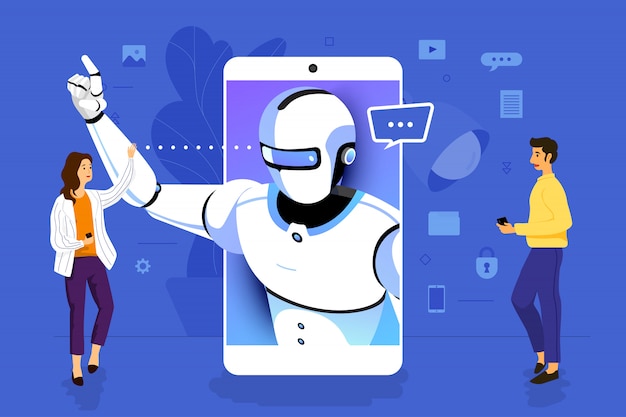
The chatbot for Web flow’s Customer Support does an outstanding job to not only define what the user is capable of doing but inform the user at the beginning: ‘[W]e will get back to you with an email if I cannot solve a problem for you. Note: At the moment we do not have assistance by telephone or live chat, as we found it most useful to assist you through email.” You do not see this as an error message because the problem just needs to be solved before it ever becomes a mistake.
Internally, this ensures that the team can identify user flows not just technically, from the viewpoint of the end-user. If Web flow had just seen it in their own way, they may have not been thinking about clarifying what they do not. The challenges they would fix will simply have been overcome and consumers would have wondered why they cannot locate (for instance) a phone number to dial.
Bringing Humanity to your chatbot
A chatbot isn’t a human, of course. However, it’s not an option for a human to choose the second. A chatbot can help users quickly answer their questions, help them to communicate, and simplify complicated processes. When they feel insecure. It is a natural solution to many possible challenges, as so many instruments. This suggests that we have a vital mission as the makers of these chatbots. We need to construct adequate answers, individual tones, and supportive interface flows. We need to create content to adapt to users with various moods and desires — to anticipate and guide them properly. Above all, clear and reliable bolts must be created, so that people who communicate with them can trust their knowledge.
Remember: identify the actions to satisfy a company purpose and a desire for the customer. Create your chatbot script and determine if your chatbot can answer off-script questions. Upon your robot, don’t claim to be a human. Build a scenario sound. Finally, make sure that the chatbot is able to manage mistakes properly. It’s a program for your chatbot, not a human. Yet a well-conceived curriculum will make the audience happy and easy! Through these five moves, your chat would be able to communicate with your end-user almost humanly. Now it’s your turn: follow these best practices and let us know your bot answer from your crowd.
